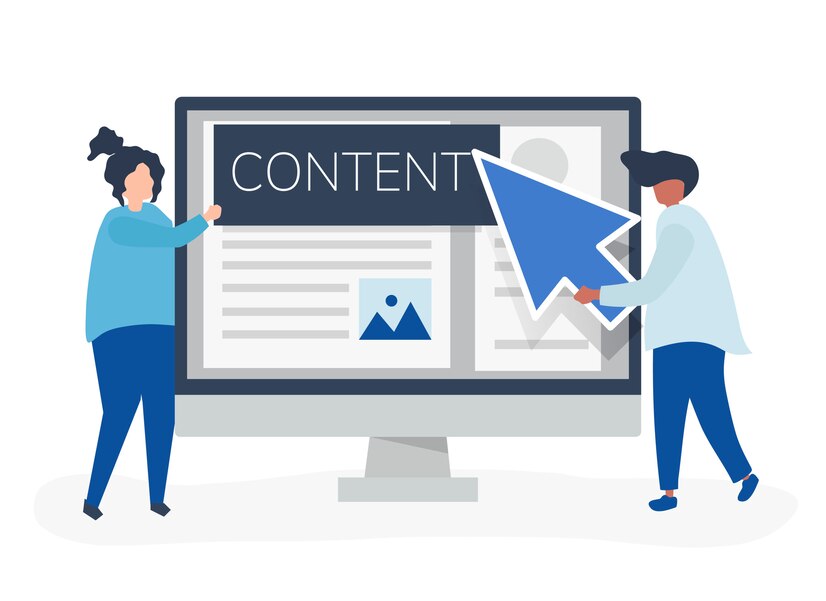
Implementing a Learning Management System (LMS) is a major milestone for any organization, promising improved training delivery, streamlined tracking, and an enhanced learning experience. But once the LMS is live, the journey doesn’t end there. To maximize its potential, companies need to focus on one crucial element: custom content. Custom content, tailored to meet specific needs and goals, turns your LMS from a simple platform into a powerful tool for ongoing learning and development.
Here’s how to get started with custom content creation to keep your LMS fresh, relevant, and impactful.
1. Analyze Learning Needs and Goals
To develop effective custom content, begin by evaluating your organization’s unique learning goals. What are the skills, knowledge, or competencies you want your team to develop? A thorough needs assessment, which can include surveys, focus groups, or performance data analysis, will help identify these areas. Once you know your objectives, you can create content that aligns directly with them, ensuring your LMS supports real business goals and helps learners apply what they’ve learned in their roles.
2. Engage with Stakeholders
Involving key stakeholders from the start helps create content that resonates. Connect with department heads, managers, and even learners themselves to understand their challenges, knowledge gaps, and goals. This input will shape content that is not only relevant but also immediately useful. Moreover, when stakeholders feel involved, they are more likely to support and champion the content, fostering a stronger culture of learning.
3. Leverage Interactive and Scenario-Based Learning
One of the benefits of custom content is that it can be made highly engaging. LMS content doesn’t have to be static text or slides; instead, you can integrate interactive elements like quizzes, videos, and simulations to make learning dynamic. Scenario-based learning, for instance, helps learners practice real-life decision-making, which can be invaluable for skill development. For roles that require complex, hands-on skills, simulations and real-world scenarios are particularly effective.
4. Break Content into Digestible Modules
Microlearning is a strategy that breaks content into short, focused modules, and it’s a perfect fit for custom LMS content. Learners today prefer bite-sized, actionable information over lengthy courses. By designing content as smaller modules, you allow employees to learn at their own pace and review specific topics when needed. This flexibility supports continuous learning and makes it easier for learners to retain information.
5. Regularly Update and Revise Content
As industries evolve, so do training needs. A one-time LMS implementation with static content won’t suffice in the long run. Make it a priority to periodically review and update content, adding new materials, revising outdated information, and incorporating feedback from users. This keeps learning materials relevant and valuable, demonstrating the organization’s commitment to growth and improvement.
6. Track Performance and Adjust Accordingly
The LMS itself is a powerful analytics tool that can help you measure the impact of custom content. Regularly assess learner engagement, completion rates, quiz scores, and feedback. This data can guide you on which modules need improvement or expansion. Tracking performance also provides insight into any additional training gaps, helping you further refine your content over time.
7. Build a Culture of Continuous Learning
A successful LMS doesn’t operate in isolation; it’s part of a larger learning culture. Encourage learners to view the LMS as an ongoing resource, not just a one-time training platform. Promote the value of continuous learning by highlighting new courses, offering badges or certifications, and celebrating learner achievements. This builds a habit of engaging with the LMS and encourages learners to continually seek out new skills and knowledge.
Conclusion
When your LMS is live, it’s tempting to assume the heavy lifting is over, but the true value of an LMS lies in the content that fills it. Custom content development is key to keeping your LMS relevant, engaging, and aligned with organizational goals. By investing in tailored, engaging, and continuously updated content, you ensure that your LMS isn’t just a system—it’s a dynamic, evolving platform that empowers your workforce for long-term success.
